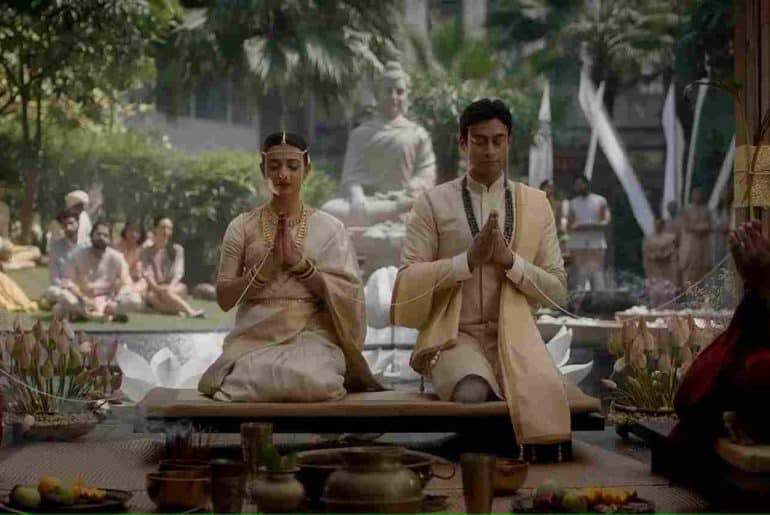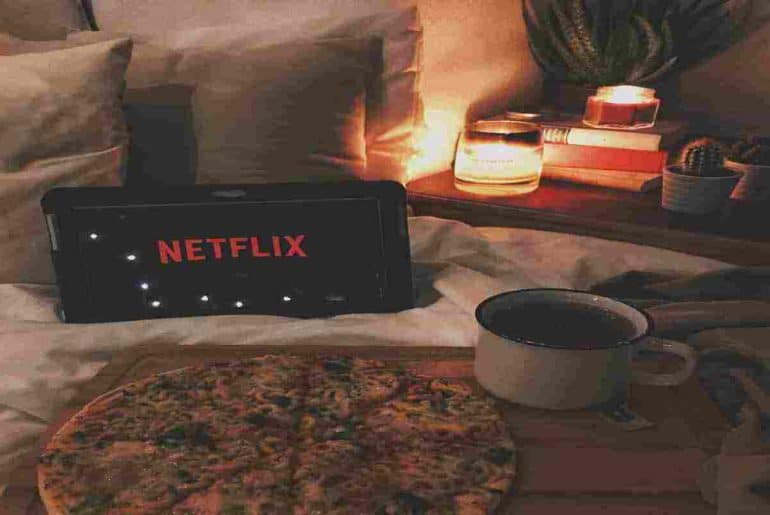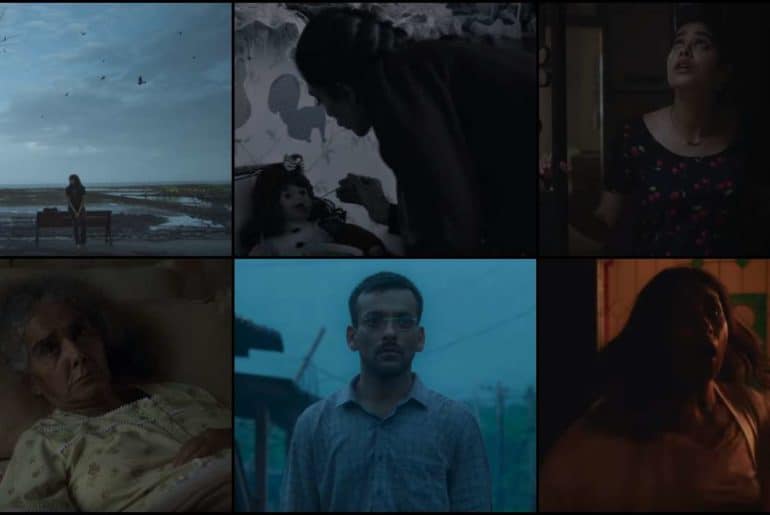This piece reviews the comedy series, ‘Hacks’ which armed with its reliable humour and eccentricity, challenges an ageist industry and audience. Hacks season 3 premiered in 2024.
I love old people. I love movies about old people. Don’t get me wrong, I am not a gerontophile. I just find older people to be wittier, sassier, and snarkier than the rest of us. The years of experience living account for more than just joint pain and cataracts. I think it makes people more honest and carefree, for when you are 70, you have little to lose, the worst that could happen to you is that you could die and most 70-year-olds are dying anyway. ‘Hack’, a derogatory word, refers to an older person, past their prime, doing repetitive and mediocre work in a professional field. So, creators Lucia Aniello, Paul W. Downs, and Jen Statsky chose to call their show about a 60-year-old, female comedian, ‘Hacks’. But Deborah Vance (Jean Smart), a steel-hardened, veteran stand-up comedian with 100 shows at Las Vegas’s Palmetto Casino is anything but a hack. Having cemented her 40-year-old career in comedy, Deborah saunters between the casino and paid appearances during the daytime, only to return to her cavernous mansion and dogs in the evening, take off her wig and gaudy outfit, and dine alone. She has paid a very dear price for success- years ago, her husband, jealous of her comedic spurt, had left her and married her sister. But Deb isn’t lonely, she is quite happy celebrating Christmas with her house staff and manager, having cut off her sister from her life. But despite her legacy, Deb cannot escape the fragilities of age and fears her career waning when the casino’s owner slashes her shows on Fridays and Saturdays every week.
In a desperate attempt to freshen Deborah’s content, her manager Jimmy sends in a 20-something, unemployed TV comedy writer Ava (Hannah Einbinder) to Deb’s aid. They get off to a rocky start, scoff at each other, roll their eyes but eventually soften up. Ava is useful, she livens up Deb’s material, brings her to publicly apologise for her racist, sexist, ableist jokes in the past, and cuts down on the usage of her private jet to reduce her carbon footprint. Ava is young and was born in the age of cancel- culture and climate change activism. She makes Deb more relevant. She, in turn, learns from Deb how to be unflinchingly self-reliant to survive in a hostile world and carve her niche. They make a great team. Throughout the 3 seasons, Hacks has remained reliably, consistently funny. To watch Hacks is like watching yourself argue with your parents, both parties hold their ground, refusing to give up until one of you caves in. It is heartfelt and emotionally cumbersome at the same time.
Because it is a 30-episode long series (that I binge-watched in 2 days), Hacks could devote a lot of time and screen space to developing well-rounded personalities of the supporting cast who are just as eccentric and geeky as the leads. Deb’s daughter (whom she named Deborah Vance Junior) is a self-absorbed entrepreneur who sells handcrafted jewelry, but because that makes her no money, she hires private agents to take ugly pictures of Deborah to sell to the media. Imagine! They have a difficult relationship. From Marcus, the CEO of her company to Kiki, her personal blackjack dealer, Deb has herself surrounded by a loyal tribe that keeps her from dying of boredom, or narcissism. She pays everybody a lot, a lot! Kayla, Jimmy’s bratty assistant is a joy to watch and at times, I would find myself waiting for her to make an appearance, with little interest in Deb and Ava. That is the key to forging side characters, I’ve learned, that creators shouldn’t just sprinkle side characters to fill screen time, they should devote to them, traits and trajectories that make them a person in their own right, not just reduced to being the gay friend, or the black friend, or worst of them all, the fat friend. Tokenism is so last century.

The supporting cast and leads, when Hacks won the Best Television Series- Comedy
Image credit: Rolling Stone
I think it is hard to make a show about 2 women, harder if there’s an older woman, simply because an ageist audience does not want to watch a show about wrinkle cream, menopause, and lentil soup (it’s easy to digest). Old people are just not as visually pleasing, they walk slowly and slur. So, for Hacks to have won Primetime Emmys and Golden Globes and gotten a 99% rating on Rotten Tomatoes, it must have done a lot of things right. Another one of my dear favorite shows that has as in its lead a 64-year-old Julia Louis-Dreyfus (from Seinfeld) is Veep, a fictional political satire that traces the journey of the Vice President of USA, Selina Meyer (Dreyfus) and her team as she desperately claws at becoming the President. Her staff is dysfunctional and so is she. Veep was so, so funny, the outfits were so beautiful, it bagged so many awards. If you are chronically online and/or unemployed and can watch a 7-season-long show, then Veep might just keep you occupied for some time.
It is important we make and watch more shows about old people. We cannot give up on people when they turn 60, they have too many remarkable stories to tell and too much property that they’re not taking anywhere with them.
Read also: https://dubeat.com/2024/09/04/dub-review-angry-young-men-do-bhai-dono-tabahi-actualised/
Image Credit: Indiewire
Chetna Rani














